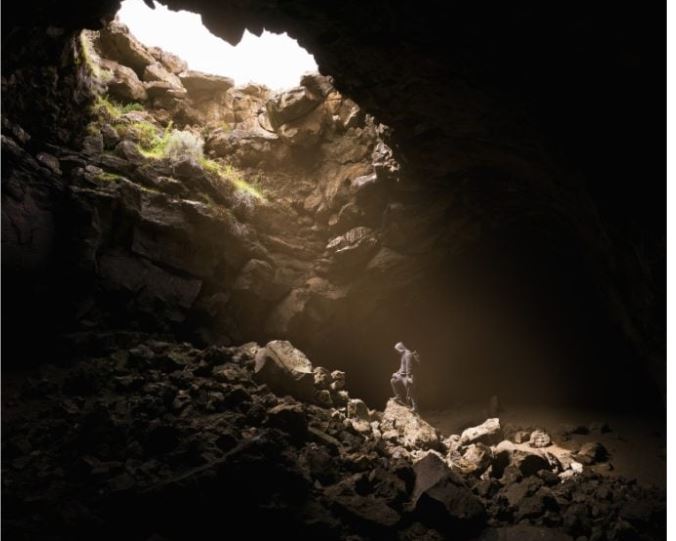The power of storytelling in case studiesCase studies are critical for businesses aiming to showcase their success stories and build trust with potential clients. They demonstrate your expertise, highlight your problem-solving abilities, and show the tangible results you’ve achieved for your clients. In today’s competitive market, having well-crafted case studies can be a game-changer. Why Established Businesses Need Case StudiesEstablished businesses often have a wealth of success stories but may lack the time or expertise to present them compellingly. This is where outsourcing becomes invaluable. By entrusting your case studies to a professional agency, you ensure that they are crafted to engage your audience and highlight your strengths effectively. Using Storytelling in Your Business Case StudiesA film, a book, and a case study share a major purpose: the critical need to engage their audience. Just like filmgoers and readers, your potential clients are looking to be entertained and moved. They want to see the value in your services and products through real-life examples. |
Storytelling is a huge business; it always has been.Storytelling has always been a preferred means of communication. While businesses without a large budget may not have the investment of a book or film, the power to tell a compelling story is not limited to those who can afford to invest a lot of money. Here’s a favourite definition of mine… ‘A story is the telling of an event, either true or fictional, in such a way that the listener experiences or learns something just by the fact that he heard the story. Read more… If we think of the business transactions, either products or services that we have provided as events aren’t these stories? Why not craft them into shape with storytelling elements that will help you share the impact you’ve had on your clients with your audience? Crafting Compelling Case StudiesThough you must craft them well, remember that the story definition above requires the reader to experience or learn something. A mere listing of events or details of the transaction will not suffice. |
Here are a few ways we use storytelling tips to liven up our clients’ case studies:1. Use the 3 Act StructureUsing the three-act structure of storytelling in each study.
Why does this work? It ensures we are not missing out on any major section of the story. For example, you’re a marketing company that has just taken on the promotion of a bakery that has rebranded itself to specialise in vegan products.
The Middle: Your company creates a marketing strategy that includes creating buyer personas and directly targeting your new range to these groups. The End: Your client is enjoying several new collaborations with individuals and corporate groups who share a passion for ethical consumption, and of course the sales are up. Confidence is the emotional benefit and sales is the tangible benefit. 2. We ensure our client’s customer is the hero of the storyWe ensure the story is told from the perspective of our client’s customer and that they are the hero. Ultimately this is true because all the good advice and great service in the world won’t matter unless the customer incorporates it into their strategy. |
Just a note here; we make sure their customer is an active hero, not a helpless one who is just waiting for someone to come and rescue them.They’re just missing one key ingredient from success. No customer or prospective one is going to appreciate a case study that makes them look useless.
In this case, the hero is a skilled baker with a strong vision for their product from the supply chain down to the customer. They’re just missing a little bit of marketing help. 3. We give our clients’ business a role in the storyFollowing on from the above point, we assign our client’s business a mentor kind of role, resisting the urge to make the case study about them. The second act of the story is the place to describe our clients’ role in the process. 4. We set their customer up with a quest
The baker has an important mission to complete. We don’t need to be too dramatic but, when we think of it in this way the writing will follow. We usually link this in with Act 1; the Beginning. The more tangible you can be with this, the better. What exactly does their customer need? The baker had poured every piece of skill and innovation they had into creating a delicious new range of vegan pastries but they needed help getting the new narrative out; they needed 5 new clients as a stepping stone. A tangible goal is an easy one for your reader to engage with during the early stages of the case study. |
5. We include the emotional benefit in the 3rd ActThen, when it is time to tell the story, we bring in the emotional goal which is what will resonate with readers as much as the tangible goal. This is the experiential part of the criteria mentioned above. We introduced the tangible goal in the 1st act, we set up our clients’ role as a mentor in the success of the project; now let’s talk about the emotional change in their customer as a result of the project. The baker soon reached 5+ new clients but the exercise had given them a renewed sense of faith and confidence in their venture. They started reaching out to some of the influencers in ethical baking and have elevated themselves up to a new status level within the industry. Do you have a quote?Clients are often good at explaining the emotional benefit of what we’ve done in a testimonial. One of our favourite testimonials, from one of our Doctors clients, describes us as the best SEO company he has worked with”, how he has another business and plans to onboard us soon and how he’d like to keep us a secret!” That is the perfect example of the emotional benefit. Paint A Picture of the SettingWhen we’ve laid out the acts and characters in our story, we think about painting a picture with our words and description. |
We set the scene visually for the action that is about to unfold and we don’t go straight into numbers and business plans.
We mention
“In an old industrial estate about 2 miles out of town…” These details are giving it a story form already and will help set the scene. LanguageFinally, we try to keep our language engaging all the time, adding drama in the rhythm and pace of your story. We often question every adjective; is it necessary? And we try to avoid any passive verbs throughout. We make absolutely sure we haven’t repeated a word excessively through the case study and we get rid of any cliché or jargon. Nothing ruins a good punchline quicker than a sloppily thrown in cliché! Case studies are not just about showcasing your successes—they are about engaging your audience, building trust, and demonstrating your value through compelling storytelling. To convince your audience and rank on Google, you need an expert to create optimised case studies that highlight what was done for specific industries and sectors. For example, titling the marketing case study for vegan bakeries above like “Vegan Bakeries Case Study: the Sweet Rawmance case study” can effectively target and resonate with your audience. Don’t let your success stories go untold.Contact us, and we’ll create your optimised case studies to make a lasting impact. |
|




